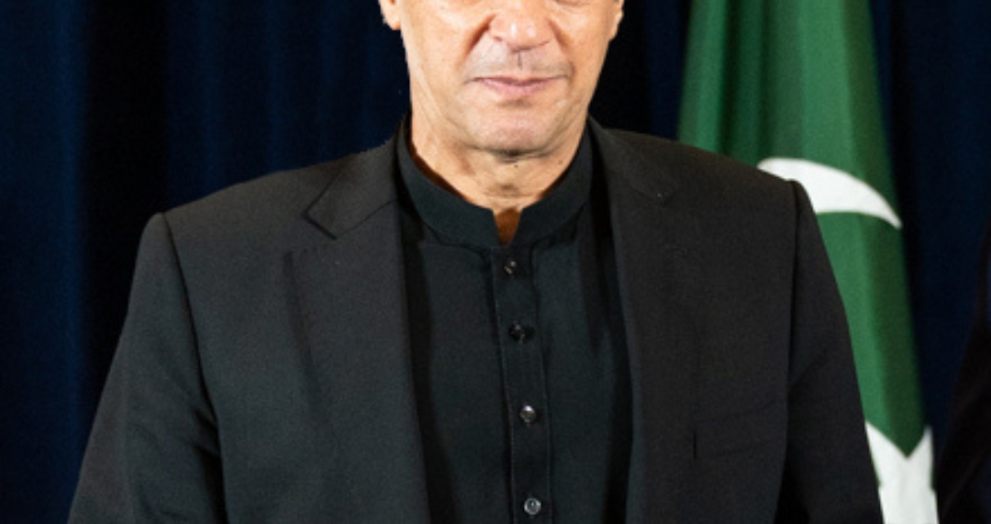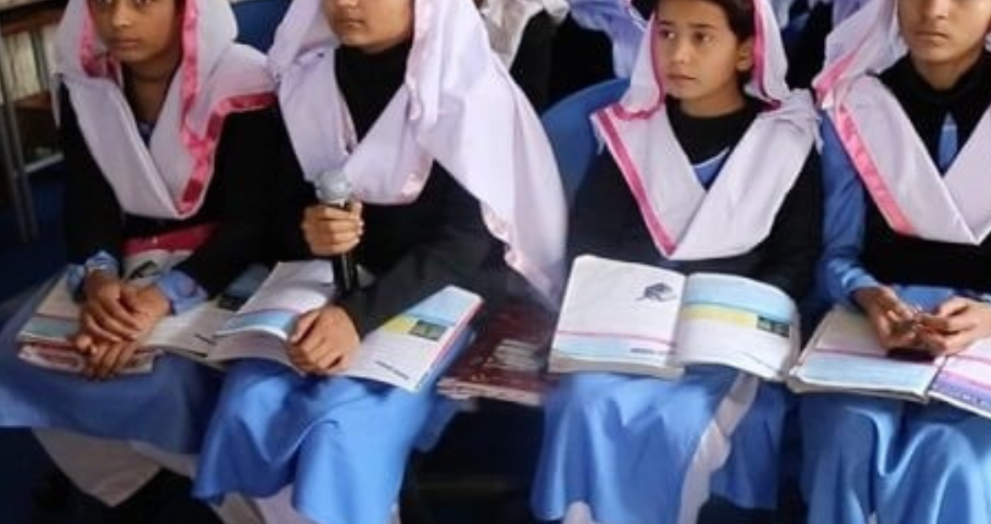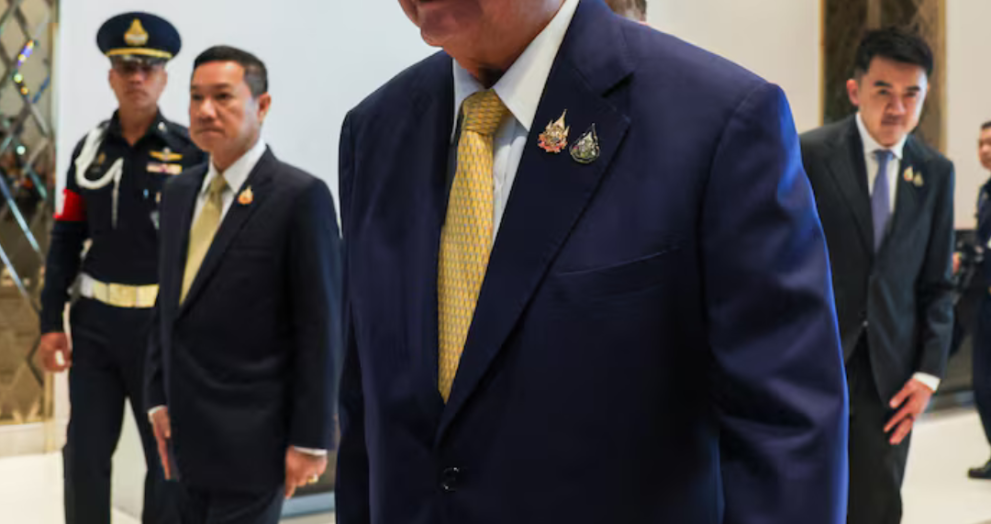Government Launches Electric Bikes Scheme on Two-Year Installments to Boost EV Adoption
The federal government has launched a ground-breaking program with a flexible two-year installment plan to encourage the use of electric bikes nationwide. This initiative seeks to lessen reliance on transportation fueled by gasoline and diesel while also accelerating the deployment of electric vehicles. With the provision of 116,000 electric bikes under this program, the government hopes to increase access to environmentally friendly transportation for a larger population. Official sources indicate that the finance and subsidy plan for electric bikes is almost complete. On the approaching Independence Day, Prime Minister Shehbaz Sharif is anticipated to make the official announcement of the new electric vehicle (EV) policy. The goal of this program is to lessen environmental pollution and promote environmentally friendly transportation. The instalment plan is being developed in collaboration with the State Bank and the Bank Association, ensuring easy financing options for buyers. Under this scheme, purchasers will receive a subsidy of Rs50,000 for each electric bike and electric rickshaw. The offer is available for citizens aged between 18 and 65 years, making it broadly inclusive. With the subsidy applied, the upfront cost of an electric bike will decrease substantially. The average price of these bikes is estimated at around Rs250,000, with buyers expected to pay the remaining balance in monthly instalments over two years. This affordable payment plan is intended to attract more consumers towards electric bikes, further boosting the shift to cleaner transportation. Currently, 17 manufacturers have secured licenses to produce electric bikes under the new policy. The government’s ambitious goal is to increase the share of electric vehicles on the roads to 30% by 2030. To support this transition, the government has pledged subsidies totaling Rs100 billion spread over the next five years. The annual subsidy distribution includes Rs9 billion for this fiscal year, rising to Rs26 billion by 2029. The policy also sets long-term targets for electric vehicles, aiming to produce over 2.2 million electric vehicles by 2030. Looking ahead, the government aspires to have 90% of all vehicles on the road be electric by 2040, and to achieve a fully zero-emission fleet by 2060. These targets highlight the government’s commitment to combating climate change and reducing air pollution. Adopting electric bikes and electric vehicles on a large scale is expected to significantly reduce the country’s fuel import bill and lower carbon emissions caused by traditional petrol and diesel vehicles. This move will also encourage the growth of local electric vehicle manufacturing industries, potentially creating new jobs and boosting the economy. To sum up, the government’s new program that offers electric bikes in two-year installments is a significant step in the direction of environmentally friendly transportation. This project encourages people to adopt electric vehicles and help create a healthier environment by lowering the cost and increasing the accessibility of electric bikes.














